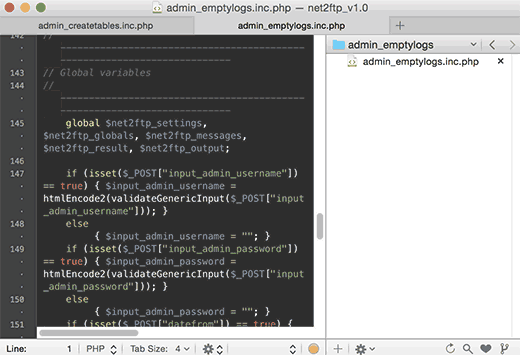

You can see the html page live as a standalone page here. html, make changes to it, and see how that changes the page when you re-open the same file in your browser. Here's the code, in HTML & JavaScript, in a one page. $ ĭespite the differences, you can still see the strong similarities. It's simpler than an xlr request, an earlier way to do the same thing.įetch can be used anywhere xlr would have been used, so I would use fetch, the more common choice today.ĭocument.getElementById("banner").innerHTML=("at") ĭocument.getElementById("usd").innerHTML= ĭocument.getElementById("gbp").innerHTML= ĭocument.getElementById("eur").innerHTML= ĭocument.getElementById("usd-description").innerHTML= ĭocument.getElementById("gbp-description").innerHTML= ĭocument.getElementById("eur-description").innerHTML= It's written for Svelte, which is the JavaScript framework this page is coded in. Here's that same information from the website above, styled nicely using CSS in this page, shown below. This is real-time information, so unlike something that's hard coded, it won't go out of date.

It can be made into presentable information people will like, and used in an app. The plain text version of API data is ugly. This is what many API's do: they dispense plain text, for you to style and display in your webpage. You can go to the link by clicking on the link in return you'll see a text snippet. The request is normally made in a few lines of code, but it can also be made directly ny your browser. We don't have to authenticate or anything, so it makes for a good choice for a tutorial. We're going to use this API from CoinDesk, a cryptocurrency news site, for Bitcoin prices. It's an endpoint - a URL - you can visit to get a response.

#Request js get plain text code
The API defines the methods your program or code uses to communicate with a server. The GET request is how your app or code will fetch data from the server.ĪPI stands for Application Programming Interface. Here's what the result of a JavaScript GET Request looks like, displayed as data on a standalone html page. You can make a GET request in a JavaScript page in under 10 lines of JavaScript, using the fetch method. If you wanted to get a list of users, or product names, or comments stored on a database on your server, a GET request would be the natural choice. GET methods are used whenever youn need to retrieve data from a server. JavaScript GET Request with Example Code GET Request ExplanationĪ GET request is an HTTP request, made using the standard HTTP method GET. This method also accepts an option argument, which is an optional object when making a GET request because it is the default request.API data going from the server to your website. Fetch API is built-in and does not require installation into your project.įetch API accepts one mandatory argument: the API endpoint/URL. The Fetch API is a built-in JavaScript method for retrieving resources and interacting with your backend server or an API endpoint.
#Request js get plain text how to
How to Make a GET Request with the Fetch API There are two popular methods you can easily use to make HTTP requests in JavaScript.
#Request js get plain text free
You will learn the popular methods that exist currently and some other alternative methods.įor this guide, we'll retrieve posts from the free JSON Placeholder posts API. This article will teach you how to request data from your servers by making a GET request. One HTTP method is the GET method, which can retrieve data from your server. There are five popular HTTP methods you can use to make requests and interact with your servers. This interaction between your frontend application and the backend server is possible through HTTP requests. When building applications, you will have to interact between the backend and frontend to get, store, and manipulate data.


 0 kommentar(er)
0 kommentar(er)
